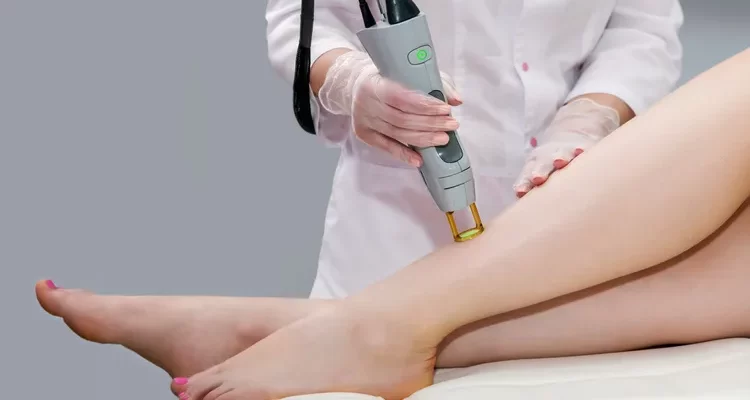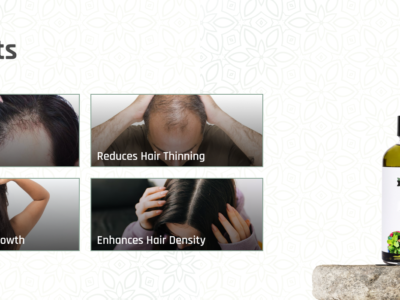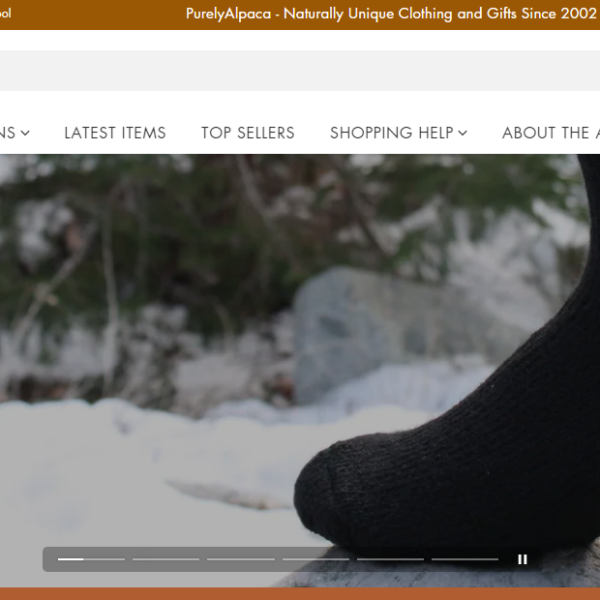
Proper skin care is crucial before and after hair removal treatments to ensure the best results and minimize potential side effects. Whether you’re using traditional methods like shaving and waxing or modern techniques like laser hair removal, following a consistent skin care routine can help maintain skin health and enhance the effectiveness of the treatment. This guide provides comprehensive skin care tips for pre- and post-treatment care, addressing common issues and recommending suitable products for different hair removal methods.
Hair removal can be stressful for your skin, causing irritation, redness, and sometimes more severe reactions if not handled properly. By preparing your skin beforehand and caring for it afterward, you can significantly reduce the chances of adverse effects. This not only makes the hair removal process more comfortable but also ensures smoother, longer-lasting results. Each hair removal method requires specific skin care practices tailored to the technique’s unique demands. Understanding these nuances is key to maintaining healthy, irritation-free skin. In this comprehensive guide, we’ll walk you through the best practices for each popular hair removal method, helping you achieve optimal results and maintain the health of your skin.
Pre-Treatment Skin Care
Shaving Before shaving, it’s essential to prepare your skin to minimize irritation and achieve a closer shave. Start by exfoliating the skin with a gentle scrub to remove dead skin cells and lift ingrown hairs. This helps prevent razor burn and ingrown hairs. Use a sharp, clean razor to reduce the risk of cuts and irritation. Apply a moisturizing shaving cream or gel to create a protective barrier and ensure smooth gliding of the razor. Shave in the direction of hair growth to minimize skin trauma and finish by rinsing the skin with cool water to close the pores.
Using a dull razor can increase the likelihood of nicks and cuts, leading to infections and other complications. It’s recommended to change your razor blade regularly, especially if you notice any pulling or discomfort during shaving. Additionally, shaving after a warm shower can soften the hair and open up the pores, making the process easier and more effective. Avoid pressing too hard with the razor, as this can irritate the skin and increase the risk of razor burn. If you have particularly sensitive skin, consider using razors designed for sensitive areas, which often have additional moisturizing strips to soothe the skin.
Waxing Pre-waxing preparation is crucial for reducing pain and ensuring effective hair removal. Exfoliate the skin a day or two before waxing to remove dead skin cells and prevent ingrown hairs. Avoid applying lotions, oils, or creams on the day of waxing, as these can interfere with the adhesion of the wax. Ensure that the hair is at the right length, typically about a quarter of an inch, for the wax to grip effectively. To minimize pain, consider taking an over-the-counter pain reliever 30 minutes before the session.
Hydration is key before waxing. Drink plenty of water in the days leading up to your appointment to keep your skin hydrated and supple. This can make the waxing process less painful and more effective. On the day of the waxing session, wearing loose-fitting clothing can help reduce friction on freshly waxed areas, minimizing discomfort. If you’re prone to severe pain or have a low pain threshold, applying a numbing cream about 45 minutes before waxing can also help. Always consult with your waxing technician for personalized advice, especially if you have any specific skin concerns or conditions.
Laser Hair Removal Preparing for laser hair removal involves several important steps. Avoid sun exposure and tanning beds for at least six weeks before the treatment, as tanned skin can increase the risk of side effects. Refrain from plucking, waxing, or electrolysis for six weeks before the treatment, as these methods remove the hair root, which is necessary for the laser to target. Shave the treatment area a day or two before your appointment to remove surface hair but leave the root intact. Avoid applying lotions, creams, or makeup on the day of the session to ensure the laser can effectively target the hair follicles.
Staying hydrated is crucial for optimal results. Well-hydrated skin responds better to laser treatments, reducing discomfort and enhancing the efficacy of the laser. Avoiding caffeine and alcohol before your session can also help, as these can dehydrate the skin. If you’re on any medications, inform your technician, as certain medications can increase skin sensitivity to the laser. Applying a topical numbing cream before the session can help reduce discomfort, especially in sensitive areas. Lastly, wearing loose, comfortable clothing to your appointment can help avoid irritation to the treated areas post-session.
Post-Treatment Skin Care
Shaving After shaving, it’s important to soothe and moisturize the skin to prevent irritation and promote healing. Rinse the shaved area with cool water to close the pores and pat the skin dry with a clean towel. Apply an alcohol-free, soothing aftershave lotion or aloe vera gel to calm the skin and reduce redness. Moisturize the skin regularly to keep it hydrated and supple. Avoid tight clothing and activities that cause excessive sweating for a few hours to prevent irritation.
Using products with natural ingredients, such as aloe vera or chamomile, can help soothe freshly shaved skin and reduce the risk of irritation. Avoid using products with strong fragrances or alcohol, as these can further irritate the skin. Keeping the skin moisturized with a good-quality lotion helps maintain the skin’s barrier, preventing dryness and flakiness. If you experience any cuts or nicks, applying a small amount of antibiotic ointment can prevent infection and speed up healing. Exfoliating a few days after shaving can also help prevent ingrown hairs by removing dead skin cells that might trap new hair growth.
Waxing Post-waxing care focuses on calming the skin and preventing ingrown hairs. Immediately after waxing, apply a cold compress or aloe vera gel to reduce redness and soothe the skin. Avoid hot baths, saunas, and intense physical activity for 24 to 48 hours to prevent irritation. Exfoliate the skin gently a few days after waxing to remove dead skin cells and minimize the risk of ingrown hairs. Moisturize the skin regularly to keep it hydrated and supple. Avoid tight clothing and activities that cause excessive sweating for a few hours to prevent irritation.
Using a gentle exfoliant with ingredients like salicylic acid can help prevent ingrown hairs without causing additional irritation. Keeping the skin moisturized with a non-comedogenic lotion prevents dryness and maintains skin health. Avoid direct sun exposure on freshly waxed areas, as the skin is more sensitive and prone to sunburn. If you experience persistent redness or irritation, applying a hydrocortisone cream can help reduce inflammation and discomfort. Wearing loose, breathable clothing after waxing allows the skin to breathe and recover without friction or pressure that could cause irritation.
Laser Hair Removal After laser hair removal, proper care is essential to ensure the best results and minimize side effects. Apply a cool compress or aloe vera gel immediately after the treatment to soothe the skin and reduce redness. Avoid sun exposure and use a broad-spectrum sunscreen with SPF 30 or higher for at least a week to prevent pigmentation changes. Refrain from hot showers, saunas, and intense physical activity for 24 to 48 hours to prevent skin irritation. Avoid plucking, waxing, or using chemical hair removers between treatments, as these can disrupt the hair growth cycle and affect the results. Follow your practitioner’s instructions for post-treatment care to ensure optimal results.
Using a gentle, fragrance-free moisturizer can help soothe the skin and prevent dryness after laser treatments. Avoid applying makeup or other topical products on treated areas for at least 24 hours to reduce the risk of irritation. If you experience any swelling or discomfort, applying a cool compress several times a day can help. Drinking plenty of water helps keep the skin hydrated and supports the healing process.
Common Skin Issues and Solutions
Razor Burn and Ingrown Hairs Razor burn and ingrown hairs are common issues associated with shaving. To prevent these, always use a sharp, clean razor and shave in the direction of hair growth. Exfoliate regularly to remove dead skin cells and lift ingrown hairs. If razor burn occurs, apply a soothing lotion or aloe vera gel to calm the skin. For ingrown hairs, use a gentle exfoliating scrub and apply a salicylic acid or glycolic acid-based product to reduce inflammation and prevent infection.
If you’re prone to razor burn, consider using razors with built-in moisturizing strips and a flexible head to better adapt to the contours of your body. Avoid shaving too closely or pressing too hard, as this can exacerbate irritation. Using a shaving cream or gel with hydrating ingredients can help protect the skin and reduce friction. For ingrown hairs, regular exfoliation with a mild scrub can help prevent hairs from becoming trapped under the skin. Applying a warm compress to the affected area can also help soften the skin and release trapped hairs.
Wax-Induced Skin Irritation Waxing can cause redness, irritation, and minor swelling. To minimize these effects, apply a cold compress or aloe vera gel immediately after waxing. Avoid hot baths, saunas, and intense physical activity for 24 to 48 hours to prevent irritation. Moisturize the skin regularly to keep it hydrated and supple. If skin irritation persists, consider using a hydrocortisone cream to reduce inflammation and soothe the skin.
Using a gentle exfoliant with ingredients like salicylic acid can help prevent ingrown hairs without causing additional irritation. Keeping the skin moisturized with a non-comedogenic lotion prevents dryness and maintains skin health. Avoid direct sun exposure on freshly waxed areas, as the skin is more sensitive and prone to sunburn. If you experience persistent redness or irritation, applying a hydrocortisone cream can help reduce inflammation and discomfort. Wearing loose, breathable clothing after waxing allows the skin to breathe and recover without friction or pressure that could cause irritation.
Laser Treatment Side Effects Common side effects of laser hair removal include temporary redness, swelling, and mild discomfort. To manage these symptoms, apply a cool compress or aloe vera gel immediately after the treatment. Avoid sun exposure and use a broad-spectrum sunscreen with SPF 30 or higher for at least a week to prevent pigmentation changes. Refrain from hot showers, saunas, and intense physical activity for 24 to 48 hours to prevent skin irritation. Follow your practitioner’s instructions for post-treatment care to ensure optimal results.
Product Recommendations
Pre- and Post-Shaving Care
- Exfoliating Scrub: Use a gentle scrub with natural exfoliants to remove dead skin cells and lift ingrown hairs before shaving.
- Shaving Cream/Gel: Opt for a moisturizing shaving cream or gel to create a protective barrier and ensure smooth gliding of the razor.
- Aftershave Lotion: Choose an alcohol-free, soothing aftershave lotion to calm the skin and reduce redness after shaving.
Pre- and Post-Waxing Care
- Exfoliating Scrub: Use a gentle scrub to remove dead skin cells and prevent ingrown hairs before waxing.
- Aloe Vera Gel: Apply aloe vera gel immediately after waxing to soothe the skin and reduce redness.
- Hydrocortisone Cream: Use a hydrocortisone cream to reduce inflammation and soothe irritated skin if needed.
Pre- and Post-Laser Care
- Broad-Spectrum Sunscreen: Use a broad-spectrum sunscreen with SPF 30 or higher to protect the skin from UV damage before and after laser treatment.
- Aloe Vera Gel: Apply aloe vera gel immediately after laser treatment to soothe the skin and reduce redness.
- Moisturizer: Choose a gentle, fragrance-free moisturizer to keep the skin hydrated and supple after laser treatment.
Conclusion
Proper skin care before and after hair removal treatments is essential for achieving the best results and maintaining skin health. By following these comprehensive skin care tips, you can minimize potential side effects and enhance the effectiveness of your chosen hair removal method. Whether you’re shaving, waxing, or undergoing laser hair removal, taking the time to care for your skin will ensure a smoother, more comfortable experience. Remember to consult with professionals and follow their advice for tailored skin care routines that suit your individual needs.











